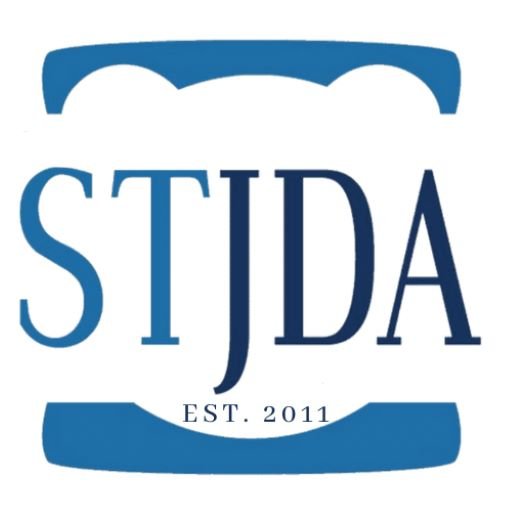What is Diabetes?
Diabetes is a chronic disease where an individual’s body cannot properly regulate glucose (blood sugar) levels. Glucose is gained from food and is supposed to be managed by the pancreas through the hormone insulin. However, many people with diabetes do not produce insulin, and therefore must receive it from an artificial source.
Type 1
Type 1 diabetes is a disease of the immune system where the body is attacking the pancreas, leading it to no longer being able to produce insulin. People with Type 1 diabetes must take insulin daily to live. Onset of this disease typically occurs in children and young adults.
Type 2
Type 2 diabetes is the most common form of the disease in adults, but many children are diagnosed as well. The disease begins when the individual develops insulin resistance, meaning the cells do not use insulin properly. Over time, the pancreas can no longer secrete enough insulin to manage glucose levels.
Symptoms of Diabetes
Diabetes can result in two conditions which can endanger the life of a student: hypoglycemia and hypergylcemia. Caregivers should be aware of the warning signs of these reactions.
Hypoglycemia - Low blood sugar
Sweating, shakiness, change in mood
Hypoglycemia is when a child’s blood glucose level is < 70 mg/dL. Occurs when body has too little glucose or too much insulin. Most common/dangerous condition for Type 1 Diabetes. Can lead to insulin shock, which is life threatening.
15:15 Rule: Students should consume 15 grams of fast acting glucose and wait 15 minutes to check blood glucose levels again, repeat when necessary. Fast acting glucose includes honey packets, fruit snacks, or a juice box!
hyperglycemia - high blood sugar
Thirst, frequent urination, lethargy
When a child’s blood glucose level is >100 mg/DL fasting or 140 mg/dL 2 hours after eating. Occurs when the body has too much glucose or too little insulin. Can lead to Diabetic ketoacidosis, which is life threatening.
Treat Hypergylcemia by having the student apply insulin, drink water, and rest! If child is showing extreme signs of a hypoglycemic or hyperglycemic reaction, such as being unresponsive, call 911.


